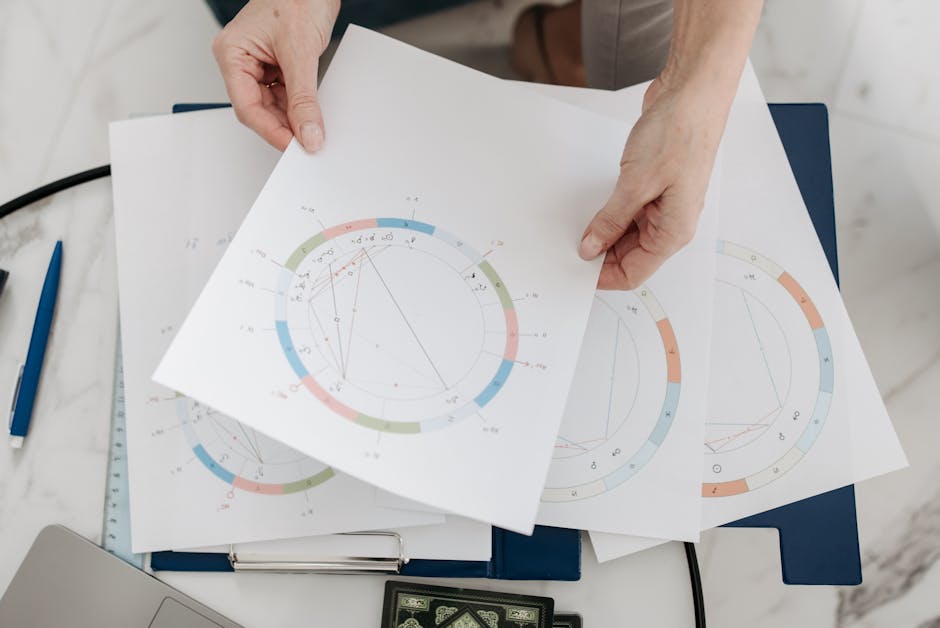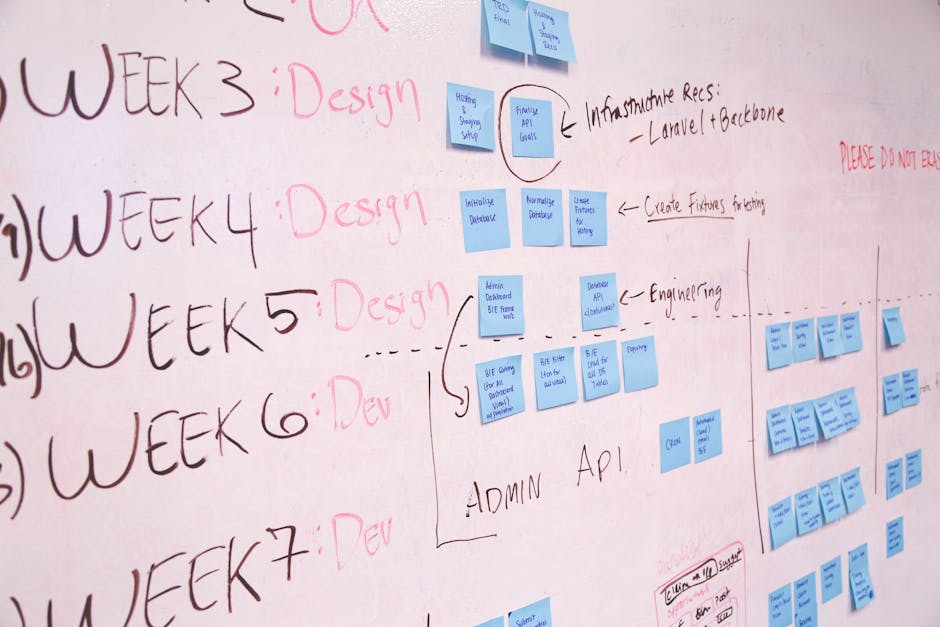Verb Tenses Chart
Chart of Verb Tenses in English
Understanding English verb tenses is crucial for effective communication. This comprehensive chart outlines the various tenses, their structures, and usage, helping you master the intricacies of English grammar.
Present Simple
The present simple expresses daily routines and habits. It's often used with adverbs of frequency like 'usually', 'sometimes', and 'rarely'.
Basic Construction:
- Positive: Subject + Present Tense + object(s) + time Expression
- Negative: Subject + do/does + not (don't/doesn't) + verb + object(s) + time Expression
- Question: (Question Word) + do/does + subject + verb + object(s) + time Expression
Example: Frank usually takes a bus to work.
Present Continuous
The present continuous has multiple uses:
1. Action at the Moment
Used for actions occurring at the moment of speaking. Only action verbs can take the continuous form.
2. Current Projects
Describes projects and actions happening around the present moment, which began recently and will end in the near future.
3. Scheduled Events
Used for scheduled future events, especially useful for discussing appointments and meetings.
Basic Construction:
- Positive: Subject + be + verb + ing + object(s) + time Expression
- Negative: Subject + be + not (isn't, aren't) + verb + ing + object(s) + time Expression
- Question: (Question Word) + be + subject + verb + ing + object(s) + time Expression
Example: We're working on the Smith account this month.

Past Simple
The past simple expresses actions that happened at a specific point in the past. Always use a past time expression or a clear contextual clue.
Basic Construction:
- Positive: Subject + Past Tense + object(s) + time Expression
- Negative: Subject + did + not (didn't) + verb + object(s) + time Expression
- Question: (Question Word) + did + subject + verb + object(s) + time Expression
Example: I went to the doctor's yesterday.
Past Continuous
The past continuous has two main uses:
1. Exact Times in the Past
Describes what was happening at a specific moment in the past. Not used for longer periods.
2. Interrupted Action
Expresses what was happening when something important occurred. Often used with "when" or "while" clauses.
Basic Construction:
- Positive: Subject + was/were + verb + ing + object(s) + time Expression
- Negative: Subject + was/were + not (wasn't, weren't) + verb + ing + object(s) + time Expression
- Question: (Question Word) + was/were + subject + verb + ing + object(s) + time Expression
Example: Sharon was watching TV when she received the telephone call.
Future Tenses
1. Future with "Going to"
Used for future plans, scheduled events, or future intent. Can often replace present continuous for future events.
2. Future with "Will"
Used for future predictions and promises, often when the exact moment is unknown or undefined.
Basic Construction:
| Tense | Positive | Negative | Question |
|---|---|---|---|
| Going to | Subject + be + going to + verb + object(s) + time Expression | Subject + be not (isn't, aren't) + going to + verb + object(s) + time Expression | (Question Word) + be + subject + going to + verb + object(s) + time Expression |
| Will | Subject + will + verb + object(s) + time Expression | Subject + will not (won't) + verb + object(s) + time Expression | (Question Word) + will + subject + verb + object(s) + time Expression |
Examples:
- Tom is going to fly to Los Angeles on Tuesday.
- The government will increase taxes soon.

Present Perfect
The present perfect has several uses:
1. Past to Present States and Actions
Expresses a state or repeated action that began in the past and continues into the present.
2. Recent Events
Used for recent events that affect the present moment, often with "just," "yet," "already," or "recently."
3. Unspecified Past Events
For events that occurred at an unspecified moment in the past or cumulative life experiences.
Basic Construction:
- Positive: Subject + have/has + past participle + object(s) + time Expression
- Negative: Subject + have/has not (haven't, hasn't) + past participle + object(s) + time Expression
- Question: (Question Word) + have/has + subject + past participle + object(s) + time Expression
Example: I have lived in Portland for four years.

Present Perfect Continuous
Used to express how long a current activity has been going on. Only applicable with action verbs.
Basic Construction:
- Positive: Subject + has/have + been + verb + ing + object(s) + time Expression
- Negative: Subject + has/have not (hasn't/haven't) + been + verb + ing + object(s) + time Expression
- Question: (Question Word) + has/have + subject + been + verb + ing + object(s) + (time Expression)
Example: He's been cleaning house for two hours.
